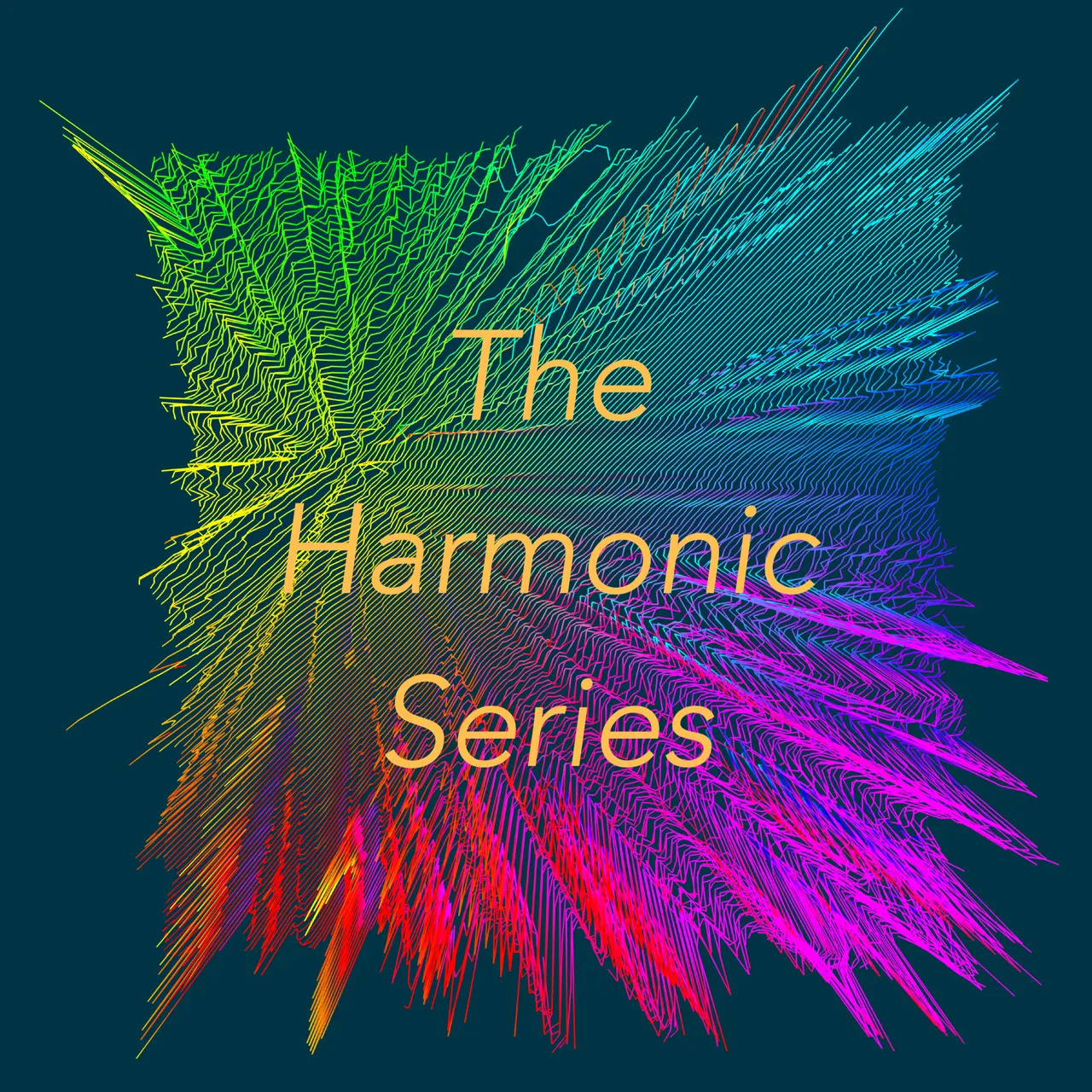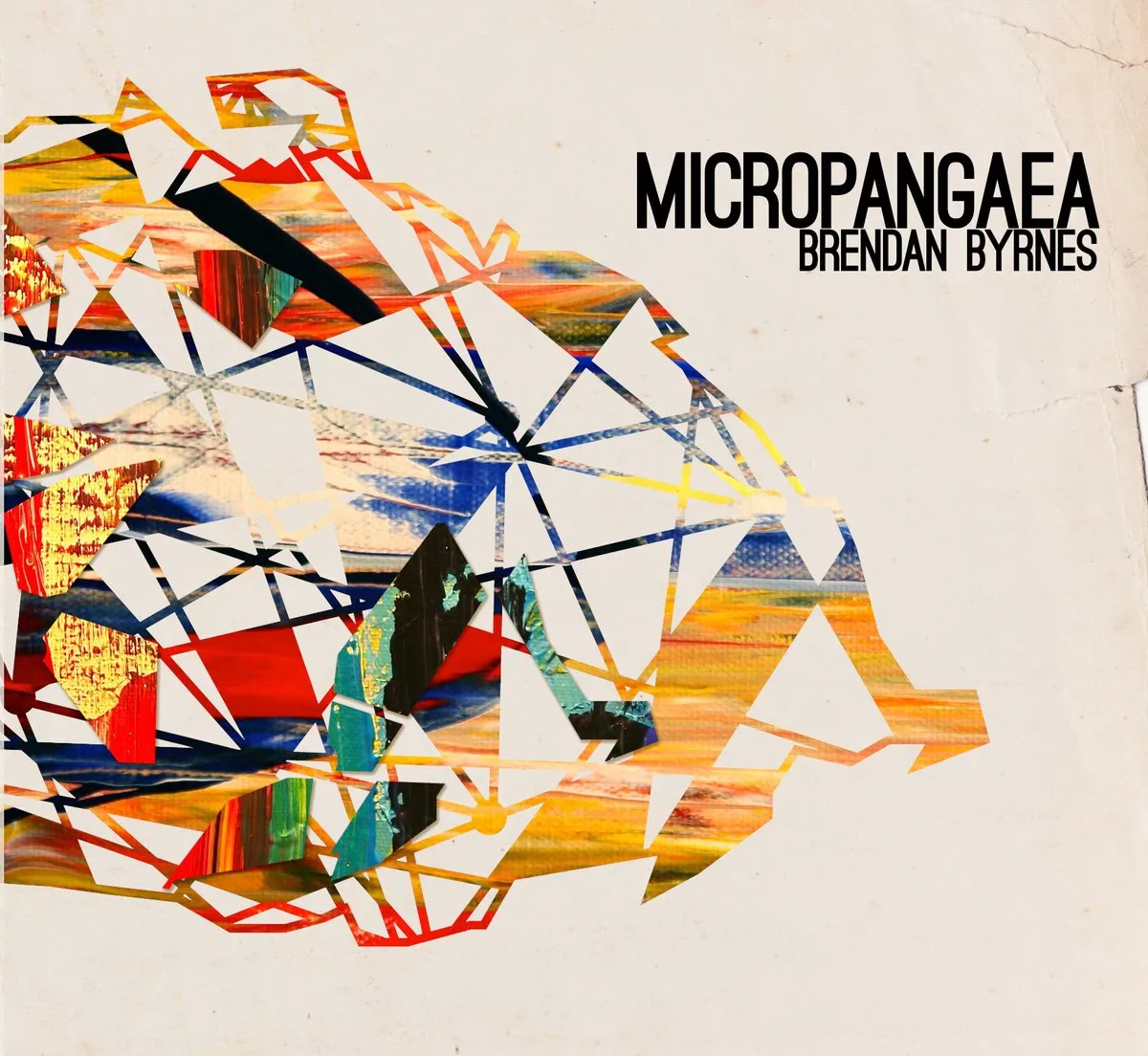
Welcome to The Harmonic Series, a daily(ish) music review series - exclusive to Steemit - where I’ll be discussing music across many different styles and genres from metal, to electronic music, to jazz and beyond! I’ll be talking up exciting new releases, some of my personal classics, and anything else that I think is worth checking out. Some of the reviews I share will be brand new, and some will be from my personal archives.
I've decided to leave in the mission statement for the first few of these until I pick up some traction, so if you read the last review, just skip to the album art for this one.
I’m not the most typical music writer, so here’s what you can expect from me and how I’ll be different:
No Scores
While I think scoring can sometimes have a valid role in music critique, I think more often than not it can take away from or even completely obscure the authors hard work. I can’t even count the number of pieces I’ve read where the tone of the article and the score seem to not match at all (I’m looking at you, Pitchfork), and often people have very different interpretations of the same scores. If you’re not sure how I feel about a piece of music from the content of my review, you’re more than welcome to ask me to elaborate further in the comments.
Varied Writing Style
I’ve been on and off writing about music since 2011, and one thing I’ve learned is that trying to write one way all the time can make the quality of the writing suffer. Sometimes you’ll see me focus on the composition and songwriting elements of music. Sometimes I’ll explore my personal experience with a first listen and the emotional impressions I make. Sometimes I’ll explore lyrical themes or social context.
I’ve experimented with writing as I listen for a stream of consciousness style review, the more typical taking notes while listening and crafting a review after, and even video based reviews, so you can expect all these and more from The Harmonic Series.
Discovery of Fresh New Things in Music
I can’t promise you you’ll already be familiar with anything I review, but what I can promise is that I will turn you on to new things that you may not hear of anywhere else. I have my own - admittedly quite broad - tastes in music, and these reviews come from that place. While you may not relate to all the music I review, it is my hope that if you follow my reviews, you’ll find at least one thing that you’ll love - something that will blow your mind and change your perspective on music.
-
And now for today's review:
#2 Brendan Byrnes - Micropangaea

Genre: Rock, Electronic, Experimental
Style: Microtonal, Xenharmonic, Prog, Ambient
Microtonal music. If you don’t have experience in music theory, you may have never heard this term. And even if you do have theory knowledge, it’s likely the term xenharmonic will still be unfamiliar. Microtonal simply refers to the usage of intervals - the pitch-space between notes - outside of the western chromatic scale. Outside the west in fact, microtonal music is fairly common across musical cultures, such as in India, Thailand, and Turkey. One of the most commonly discussed forms of microtonal music is that of Indonesian Gamelan music, in which the entire orchestra is handcrafted as a set and always played as such.

An Indonesian Gamelan Ensemble
Xenharmonic more specifically refers to music in which tuning systems alternate to the typical western equal temperament tuning are utilized, and there are many such variations, all based on different rules. These ideas can sound academic, esoteric, and intimidating, and in practice can be alien and off-putting to many, but Micropangaea serves as a great accessible introduction to the sounds of this music.
On first listen, this album was immediately compelling. Each track is essentially based on and named after a part of the eponymous fictional continent, with evocative titles such as Fluorescent Desert and Vacant city. In the liner notes (available on the Bandcamp page) the tunings for each track are available, and it seems implicit that at least some of these tunings are native to the locations which they soundtrack.
This concept of imaginary locales in tandem with the strong identity and vivid sonic imagery of the tracks drew my thoughts to video game sound tracks, especially of games with strongly defined “worlds” or levels. In fact, I think this album will be highly appealing to those who enjoy those fantasy-esque themes and look back fondly on the music of games like Legend of Zelda. Mostly instrumental, there’s an element of sonic world-building on here which is perhaps under-explored in music. Certainly prog rock has built these kinds of worlds in lyrics and form, but in purely musical elements such as harmony, melody, and rhythm, the only place where I regularly find these kinds of depictions of places is in the chiptune genre, with artists such as Zan-Zan-Zawa-Veia, Disasterpiece, and Brother Android.
The album opener Trillopod is a perfect introduction, easing the listener into the bizarre world it plans to lay out. The most unusual notes are mostly confined to the accenting instruments, while the bass line and primary melody are more palatable. Through this, Byrnes highlights how the extension of quarter tones from western music is actually less unusual than it may seem. When you consider how important slight pitch deviation is to the “soul” of a lot of American music, such as blues, rock, and jazz, it becomes clear that microtones do exist in popular music, but are generally improvised at the discretion of the performer, and part of their inflection, rather than strictly part of the notation.
Siolas takes things a little further with an arpeggiated pattern that seems “in tune” on its first two chords, but shifts into ambiguous microtonal pattern on its third. This strong and simple articulation gives the song much of its strength. Microtonal harmonies are expressed at the beginning of the song in the upper range, and these are more exciting territory to me than simple microtonal melody, as cool as that is. This track is also a good example of the undercurrent of grooving rhythms and loops that, next to the tonal sensibilities, are what define this album most.
Many parts of this album evoke the sound of east asian music, with their slightly detuned pentatonic scales and bell tones, such as on Vacant City. This might be the most accessible track on the album, as the only one featuring vocals. The melodic themes are strong, and the crystal clear vocals immediately remind me of the indie math-rock-lite band Minus the Bear. This track also has a lot of unusual alien resonance as well, and leads into Eboa Ocean, a track which places those as the central idea. The track is a swaying drone that gently morphs between ominous, meditative, and wondrous, and wallows in rich overtones.
Fluorescent Desert and Zibra Island are the two most evocative of their respective regions. The former shimmers with delay and reverb for a minute, before moving into a themes that vary between oppressive and hazy, while the latter begins with bird sounds that are just slightly off. Zibra Island to me appears as a hodgepodge of synthetic materials, swelling and melting in the midday sun like the warped microchromatic pianos and synths that accent the rhythms on this track - rhythms which bear a resemblance to reggaeton on a basic level. The primary melodic theme here is syncopated and strongly infectious.
All in all, Micropangaea is quite a journey. The world that Byrnes creates is bizarre and intriguing, and constantly demands attention by catching my ear in new ways. The various unusual tunings give the listener a a lot of different ways to consider xenharmonic music, while being framed enough around strong tonal and rhythmic ideas that it doesn’t feel like an intellectual exercise to listen to. I haven’t been able to put it down lately, and I don’t think I’ll be able to do so soon.
To buy Micropangaea or stream it in full for free, head over to the Spectropol Records Bandcamp page.